How Do Tesla Brakes Work?
Tesla has been known for making cars that are futuristic in every sense. From their high-powered car batteries to the advanced infotainment system. From their rollover prevention tech to the car’s sturdy build quality. Tesla has surely set some impressive benchmarks in the automotive industry.
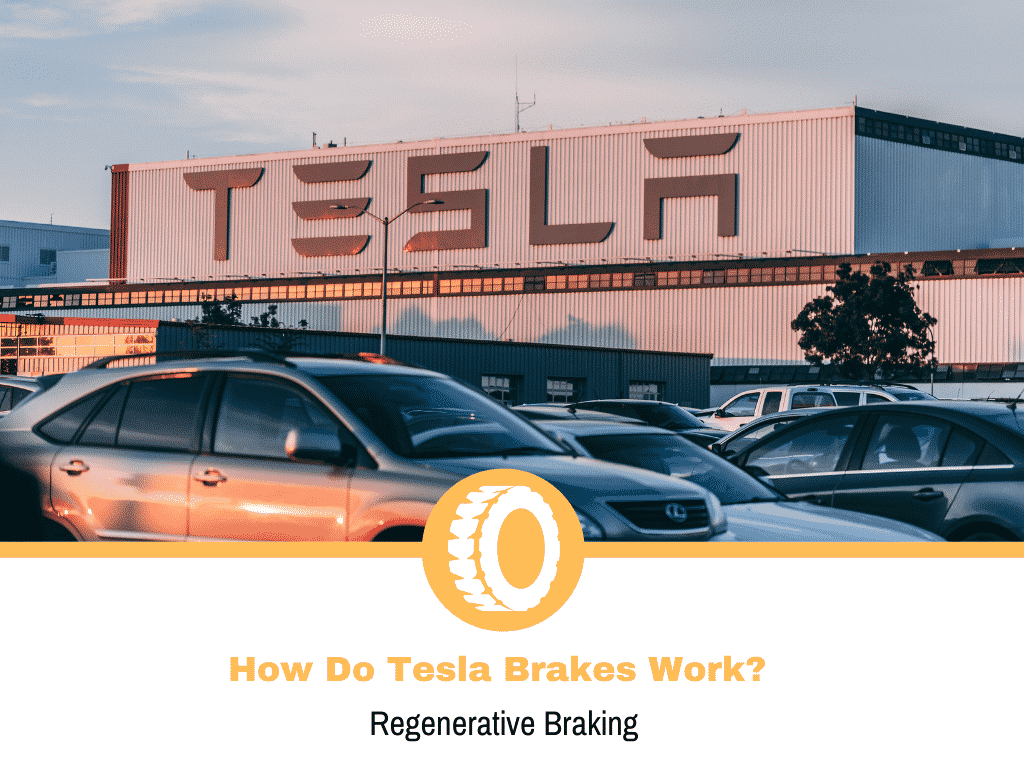
It would be no surprise if Tesla did something unique with the braking system too and we’re here to tell you just that. While gas-powered cars depend highly on their brake pads to come to a full stop, Tesla uses not one but two methods to decelerate and brake.
To tell you in short, Tesla depends on Electric Power Assist Brakes and Regenerative Braking to decrease speed on its cars. The electric power-assist braking system depends on the electric car’s power system to provide enough braking power through its large calipers and discs. Secondly, regenerative braking comes into force as soon as one lifts their foot off the accelerator pedal. Both systems work in tandem to get the job done in the best possible manner. While this may sound a bit complicated, it isn’t. Allow us to break it into segments so it is easier to understand.
What Brakes does Tesla use?
Tesla uses high-performance Brembo brakes as a part of its electric power-assist braking system. Just like any other car, Tesla uses disc brakes on all its wheels. Calipers on the discs hold the brake pads on both sides when brakes are engaged electrically. As a result, the pads slide against the discs, thereby creating friction to slow the car down. However, what sets the brake system apart from normal cars is the quality.
The calipers, discs, rotors, and other components are high-performance parts built to match Tesla’s insanely quick 0-60 mph acceleration time of less than 5 seconds. The braking system is configured to cater to high-speed touring and provides enough confidence to hit top speeds.
Despite the car weighing more than two tons, Tesla boasts of a stopping distance of around 150 feet from 60-0 mph! What’s even better? Tesla would soon launch a carbon-ceramic braking package sometime in 2022 that would cut down braking distance further by a large margin.
What is the main difference between Tesla’s brakes and brakes of other cars?
We’ve explained earlier that Brembos used on Tesla’s are similar to the brakes found in other cars but, they’re of a higher quality. However, that isn’t the primary difference between the brakes on a normal car and the brakes on a Tesla.
The primary difference lays in the way the brake actuators work. Gasoline-powered cars are equipped with hydraulic fluid brake actuators. The hydraulic fluid in the lines builds pressure for the brake actuators to work when the brakes are applied. This system existed in the initial Tesla models.
Eventually, Tesla began using Brembo fully- electric brakes that actuate the brakes electrically, mostly owing to its autonomous driving system. This eliminates the need for a hydraulic brake line as the brake system depends entirely on electrical power from the batteries.
Are electric brakes better than hydraulic brakes?
Yes, electric brakes have many advantages over hydraulic brake systems. The hydraulic brake system is quite an old technology that car companies use even today. However, it comes with several drawbacks that manufacturers have not been able to overcome. This is where electric brake systems come to the rescue in cars like Tesla. The below points explain in detail how electric brakes are better than hydraulic brakes.
1) Hydraulic brake systems require periodic bleeding of the fluid and pressure testing. The car computer that works in sync with the hydraulic system would find it challenging to control brake action precisely. In the case of electric brakes, no such maintenance is required. The computers would also find it easier to brake precisely.
2) A hydraulic system is prone to leakage in many areas and the brake lines too, are prone to wear and tear. On electric brakes though, this disadvantage does not exist.
3) Bent brake lines, clogged lines, and lines with air blocks can affect braking efficiency. Refilling the lines with brake fluid too is a complex job. One does not have to put up with such challenges on their Tesla since it is equipped with electric brakes.
4) Hydraulic brake systems come with an electro-hydraulic unit to manage fluid pressure depending on the amount of brake applied. This is a complex system and is prone to failure, especially if there are air blocks in the brake lines. Electric brakes overcome this drawback too.
The above drawbacks could prove to be a serious problem on high-performance cars like a Tesla that demands superior braking performance. Electric brakes do not suffer from any of the above drawbacks. They are more efficient in managing braking data to and fro from the brakes to the computers in the absence of any interference. More data available to the computers enhances braking accuracy and offers better control of the vehicle.
Consequently, efficient braking helps extend the life of brake pads and offers optimized braking performance at all times, thereby making the car a lot safer. It is no wonder that Tesla decided to do away with hydraulic brakes for electric brakes.
Will the electric brakes stop working in case Tesla’s battery is low?
The engineers at Tesla were considerate and thoughtful enough to have a backup plan in case of such an eventuality. Tesla ensured that braking does not get affected at any cost and in turn, built a system that has backup power to keep the car and its occupants safe.
Even if the batteries in a Tesla run out of power, the brakes will still work. This is because the brakes are a part of the vehicle’s safety systems that run on power obtained from a different battery pack and not from the batteries that run the car.
This is done to ensure that safety systems like the brakes work independently of the car’s charge level as they are designed to protect the occupants. Also, other safety features on the car will continue to work regardless of the car’s charge level, a feature that could prove to be life-saving in case of accidents or emergencies. What a clever thing to do, Tesla!
Regenerative Braking. What is that!?
In a gasoline-powered car, one can feel the speed drop gradually when one lifts their foot off the gas pedal. This happens since the engine gets no power input. The presence of gears, especially in a manual transmission car makes the deceleration more evident.
However, the absence of gears in an Electric Vehicle like Tesla could make it coast on the road if one just lifted their leg off the pedal. But, just like many other electric vehicles, Tesla uses a smart mechanism called regenerative braking. The motors on the front wheels start to work in the opposite direction when the driver stops accelerating. The kinetic energy of the wheels in motion is utilized and sent back.
The reverse voltage forces the current to go backwards into the batteries and charges them. This is a genius way of harnessing unused energy. Tesla uses an automated switch on its models that cuts power to the front wheels when the driver lifts the foot off the gas pedal. This enables the energy to make its way into the batteries from the road and tires.
Since this drives away energy from the momentum and converts it into ‘battery juice’, the car slows down as a result. Regenerative braking is often at par or sometimes more aggressive compared to the deceleration of a gas-powered car.
Tesla gives its customers the flexibility to adjust the level of regeneration they need. If one prefers aggressive regenerative braking, the car would slow down pretty quickly without the brakes being applied. The battery too receives more power in the process. On the other hand, low-intensity regenerative modes relax the decelerating forces and the car slows down gradually. The battery in this case receives a lesser charge.
Regenerative braking not only charges the battery but also increases safety. A powerful electric car like Tesla could turn into a metal cage being catapulted at high speeds if it relied solely on its brake pads and discs to decelerate or stop completely. Regenerative braking keeps Tesla’s speed in check if the driver lifts the foot off the pedal and gets distracted. In such a case, the car would simply slow down on its own without crashing into a vehicle or object in front. In addition, regenerative braking would prevent the discs from heating and fading in hilly terrain with steep inclines.
Tesla’s braking system is a combination of electric brakes and regenerative braking. One without the other can cause challenges in running and maintaining the car. Since both the systems have each other’s backs, they improve mileage and costs in the long run. While regenerative braking on a Tesla charges the batteries, it also decelerates the car and performs almost half of the brake’s job. The electric brake system works best when the need for slowing down is an urgent priority.
To conclude, Tesla uses a clever, efficient, cost-effective, long-lasting, and robust braking system on its models. The life of the brake pads on Tesla models has improved by almost five times in comparison to a conventional car’s brake pads for many owners. The electric brakes and regenerative braking prove to be one of the best and sophisticated combinations of brakes in today’s cars. While conventional brakes on gasoline-powered cars are not that bad, the power of two brakes often outperforms the power of one.
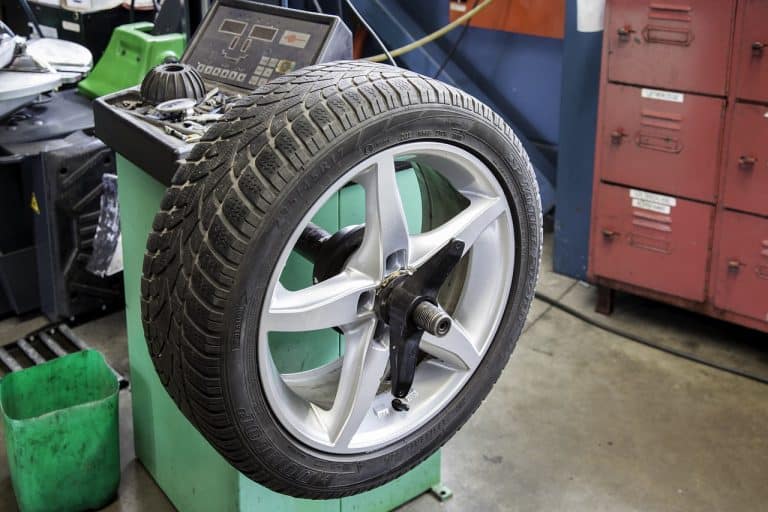
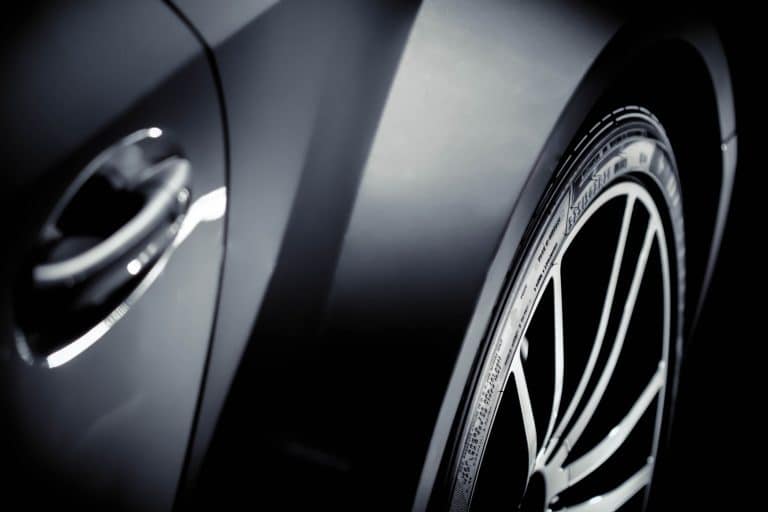
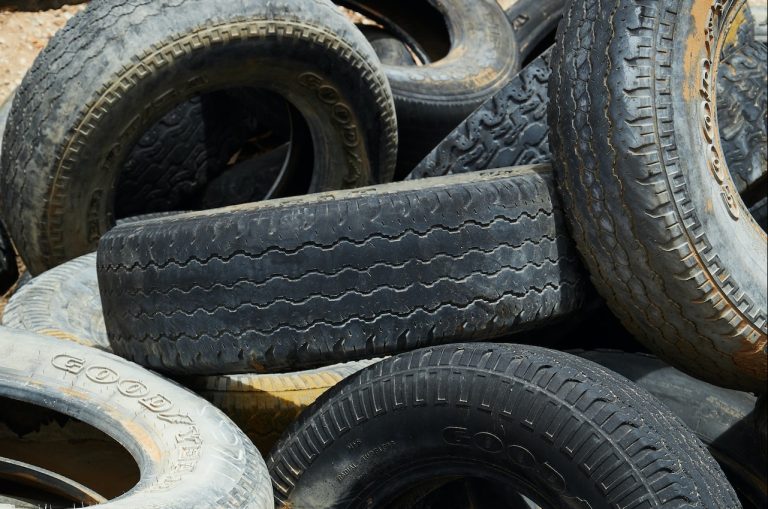
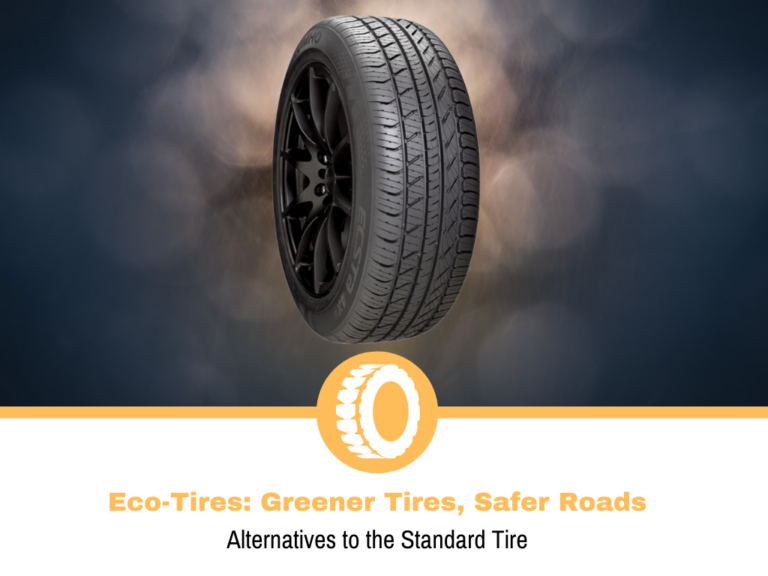
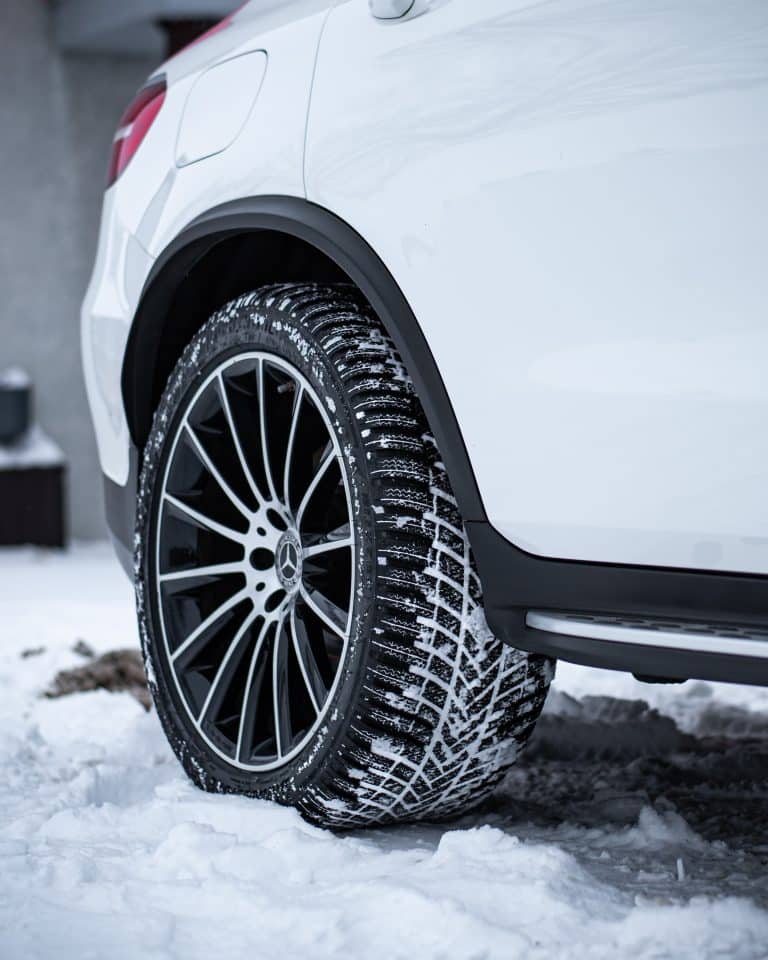
Oh yeah? How about when your electrical fails and you can’t brake? A hydrolic system will work even if nothing else does.
Which Teslas have fully electronic brakes?